As the number of tourists coming to Portugal increases, I have been able to observe certain tendencies. Lisbon, like a good representation of Portugal as a whole, is a city known for its immense number of cafés and pastelarias (literally, pastry shops). Coffee breaks and sweet bites are a part of the Portuguese lifestyle, and I am happy to see visitors embracing these little local traditions.
But I am also a little sad to see how, in most cases, foreigners will end up entering contemporary coffee shops that often announce their products with English ads by their windows. These are, in many cases, chain establishments that, yes, do have a vision and know how to attract foreign customers, but aren’t representative of everything a Portuguese pastelaria has to offer – not to mention they are often pricier too!
While other pastelarias don’t step up their game and make their signs in English too, I hope this information will come in handy. I would love to see more people walk into the good old Portuguese pastelarias, which are everywhere, but can be a little intimidating if you don’t know the local language.
What is a Pastelaria?
Even though pastelaria literally translates into “pastry shop”, the truth is that these establishments go way beyond serving coffee and cakes. These are certainly their main items but most pastelarias also double as simple restaurants, and serve main meals at least during lunch time.
The Prato do Dia (that is, the daily special) is normally advertised by the window of the pastelaria, either printed on an A4 paper or also commonly hand written with a marker on a paper table cloth. Usually, the specials offer at least one soup of the day, along with a few fish dishes (peixe) and meat specialties (carne). Vegetarian options aren’t normally contemplated. Pastelarias offer a down-to-earth affordable way to sample some of the most typical Portuguese dishes. A no frills experience, but definitely a very local one!
Typical pastelarias are pretty standard, even when it comes to their looks. They usually include a long counter where people enjoy sipping coffee and that is also used to display a variety of pastries and ready-made savories. Tables and chairs don’t tend to vary much either, and neither do the name boards outside, as they are often sponsored by coffee or soft drink brands. Funny enough, even pastelarias in Portuguese communities abroad look the same!
Lunch time aside, these types of cafes are great spots for people watching, while eating yummy pastries and downing coffee like a true local. Portugal’s coffee culture is so strong, that you’ll always see people getting their caffeine fix at any time of the day or night: for breakfast, mid morning, after lunch, mid afternoon, after dinner… whenever you please!
Most standard Portuguese pastelarias, do not have a printed menu. By law, all establishments have a poster on their wall, indicating the basic products they sell and their corresponding prices. But this poster is normally placed in a random corner and no one really looks at it to order. The truth is that Portuguese people need no menu in pastry shops.
Items sold by cafes in Portugal tend to be pretty standard. As such, most waiters will take your order without showing you the available options. The exceptions to this are the daily specials, as you’d normally have to choose those from a list that does change every day and, most likely, is not even available during dinner time, weekends and holidays.
So, how to order at a Portuguese cafe or Pastelaria?
Here are a few basics, including the standard drinks and food items most coffee and pastry shops will have throughout the day.
Coffee & Hot Drinks:
Café – Literally coffee, and in Portugal it always stands for espresso. There usually isn’t filter coffee in Portuguese pastelarias.
Carioca de Café – Weak espresso
Café Pingado – Espresso with a few drops of milk. Think of an Italian macchiato, minus the foam.
Meia de Leite – Half espresso, half milk. Normally served in a cup.
Galão – Latte, milkier than meia de leite. Normally served in a glass.
Copo de Leite – Glass of milk
Garoto – Short espresso, topped with milk.
Abatanado – Espresso with added hot water. If you like Americano, this one may work for you.
Café com Cheirinho – “coffee with a little scent” stands for espresso with a few drops of alcohol (brandy or aguardente). In the islands of Madeira and Azores, this may also be referred to as café com música, that is, “coffee with music”.
Café com Gelo – Espresso with ice. You’d normally be served an espresso in its regular cup, and a glass with ice on the side. You are supposed to pour the espresso over the ice yourself, and have it your way.
Chá – Tea. The most common flavor of tea is chá preto, that is, black tea. Infusions and herbal teas are also simply considered “chá” and some of the most readily available ones in pastelarias are camomila (chamomile), chá verde (green tea), tilia (linden) and frutos vermelhos (red fruits).
Anything with the word descafeinado in it, stands for decaf.
Cold Drinks:
Água – Water
Água com Gás – Sparkling Water
Leite Achocolatado – Chocolate Milk (by default, served cold)
Néctar – Bottled Juice
Sumo Natural – Freshly Squeezed Juice. The most common flavor is laranja, that is, orange.
Refrigerante – Soft Drink
Cerveja – Beer. If you’d like to have tap beer, ask for Fino in the North, and Imperial in Lisbon and the South.
Vinho – Wine. Vinho Tinto is red wine, while Vinho Branco stands for white. You may order it por copo (by the glass), um jarro (a jug / carafe) or uma garrafa (a bottle).
Sandwiches & Savories:
Torrada – Buttered Toast
Pão com Manteiga / Queijo / Fiambre – Bread with butter / cheese / ham
Sandes Mista – ham and cheese sandwich
Tosta Mista – pressed /grilled ham and cheese sandwich
Prego – Steak sandwich
Bifana – Pork steak in a bun
Cachorro – Hot Dog
Salgados – Savory snacks, most commonly deep fried, but can also include puff pastries (folhados) and savory turnovers (empadas). Refer to the PDF card below to get acquainted with the most common Salgados in Portugal.
Pastries & Sweets:
In Portugal, a cake or pastry is broadly referred to as a bolo.
Not knowing the names of the cakes and pastries is really not a problem when in Portugal. They are always on display, so you can point and ask for the one that simply looks good to you.
If you’d like to know the names and what they are essentially made of check this PDF, for examples of the most common pastelaria items in Portugal.
Download this card and take it with you around Portugal!
If you plan to travel to Portugal, check this free PDF with the standard Portuguese Pastelaria menu, translated to English. It includes even more items and their respective photos to guide you around. With this information in hand, there should be nothing detracting you from entering Portuguese pastelarias. They are worth it, not only from a food and beverage point of view, but also from a Portuguese cultural perspective.
If you’d like to know more about Portuguese food and the other items you’ll normally find in Portuguese Pastelarias, get our ebook Lisbon in 100 Bites – The Ultimate Lisbon Food Guide! This ebook features more than 100 foods, including typical Portuguese dishes you’ll find in pastelarias during meal times, as well as small bites you can snack on at any other time of the day.


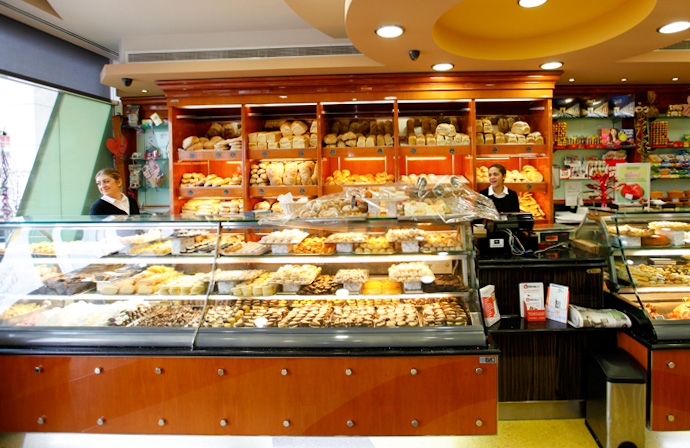


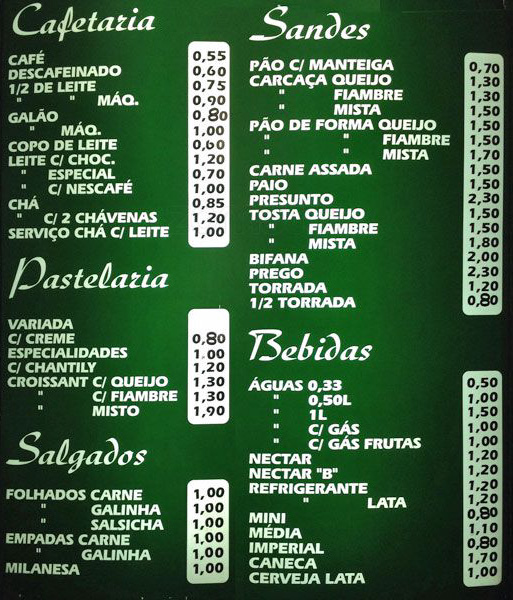
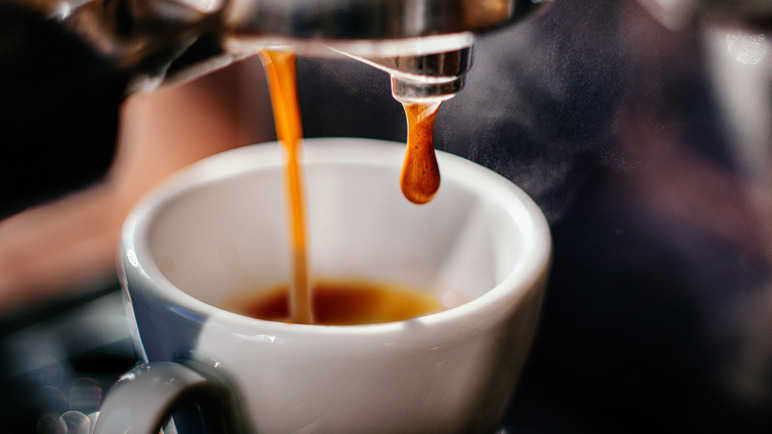
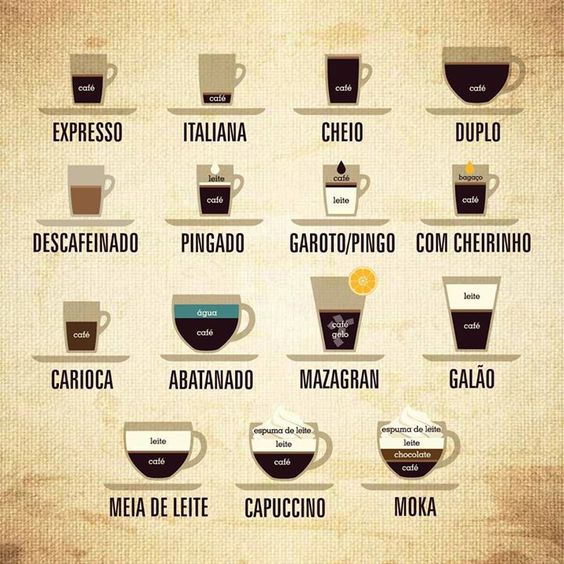
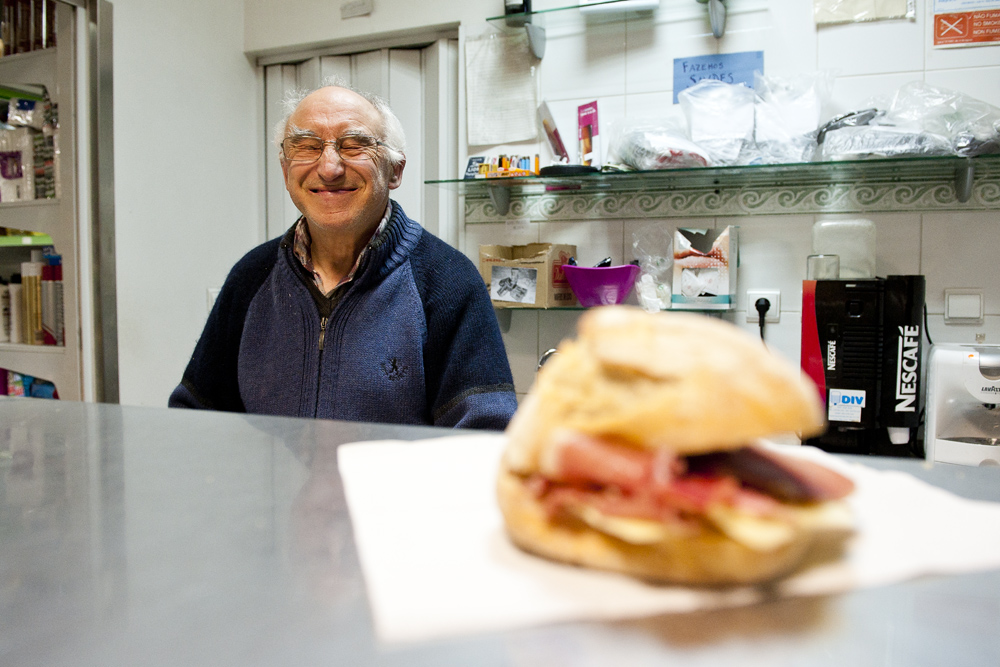
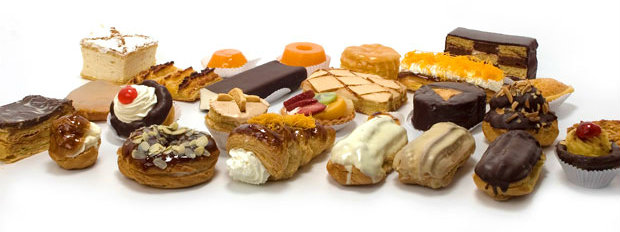
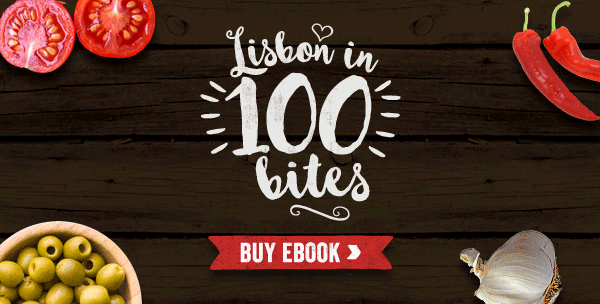
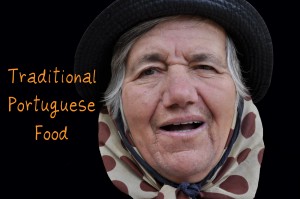
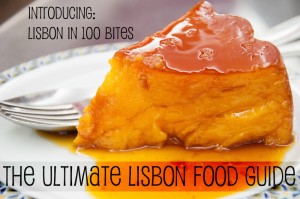

Amazing post! Portuguese pastelarias 101!!! Incredibly that you somehow forgot to mention how people in Lisbon ask for a coffee… uma bica!! I think you’re not alfacinha since you say café… Bye
Oh no… I am not Alfacinha, but I didn’t forget that!
In the PDF linked from this post, I do mention that you can order “uma bica” around Lisbon or “um cimbalino” up North. This is very important info for anyone traveling in Portugal! ;)
What a lovely article and good information. My only comment is that Cimbalino is a very rare term these days! I only know of it from researching coffee names in my early efforts to learn (it is named after the machine that makes it!). Either uma bica (Beba Isto Com Acúcar) or um café (normal ou cheio) are what we find here in Coimbra and north. Always “Café” in Porto. Abatenado is not always understood in Coimbra/north of, but the others are. If an abatenado is not right, then sometimes a meia de leite escura will fit the bill.
Na verdade a ideia de bica como um acrónimo também é um mito. Bica é também uma palavra para torneira, ou fonte (daí o nome do Bairro da Bica). É provavel que o nome bica venha daí, visto que o café cai da máquina como uma torneira.
Meia de Leite for me please!!! And those pictures of the pastry cases – how I would like to have one of those to myself right now!!! :p
On another note, can’t wait to read your eBook – how exciting! And I hope I can get to Lisbon soon :)
Thanks Tim!
I hope to share a coffee or a meia de leite with you one day in Lisbon! ;)
ahhhhh I need to remember this for when I swing by Portugal. MMHH the pastries (or bolo), I could just jump onto each one of them! Did you try the Swedish kanelsnurre while in Stockholm? :) When you guys come to Denmark, you need to try some Danish pastries as well. It is fab!
REPLY: Hi Zara, you already found your way in here – welcome! I didn’t have time to check out peoples webpages, hopefully soon, so I can get some inspiration. Gonna have a stopover at your home in a bit ;) Hope the thai soup worked miracles so your husband was on his feet the following day!! See you around, maybe in the Philippines? :P
Great article, I’ll definitely share it! There are two kinds of café that are also common in my area (only 40km away from Lisbon):
Café escaldado, when you warm up the cup before pouring the coffee.
Café em chávena gelada, typically during summer, when some places literally freeze the cups and then pour the coffee right into a really cold cup, so that the coffee becomes instantly cold but not watery because of the ice.
Thanks for such a detailed article :)
Obrigado! Very useful article :) Has tons of relevant information. The images of the food looks enticing as well.
In Madeira, a cafe is a bica.
I went to Portugal Pastry shop near Dallas,Texas. Love their coffee.
Que interessante! Muito obrigado por este artigo útil. É uma pena que ele não seja pego até a viagem para Portugal! Embora este não parou para tomar um café e bolo Português! Obrigado por seu belo país, e as pessoas votos! Eu vim, eu tenho certeza!
Ola Larysa,
Fico muito contente por saber que gostas do meu pais.
Es sempre bem-vindo! :)
I was recently in Lisbon and went into a mid-size pastelaria to order some pastries on display. I pointed and held up six fingers to show the number I wanted. The salesperson did not speak English and was clearly unhappy that I did not speak Portuguese. I paid for the order, left, and did not return for the rest of my trip. Most of the Portuguese are very pleasant and helpful people but I believe some do not care for foreigners.
Great post! My husband and I are leaving for portugal next week. This information will be very useful. Can’t wait to eat like a local and enjoy all that Portugal has to offet.
Hi Daniela! Welcome to Portugal!
Don’t forget to check out our ebook Lisbon in 100 Bites to truly learn how to eat like a local! Enjoy your trip! :)
This has been the most useful post I have found for traveling in Portugal!! Thanks so much!